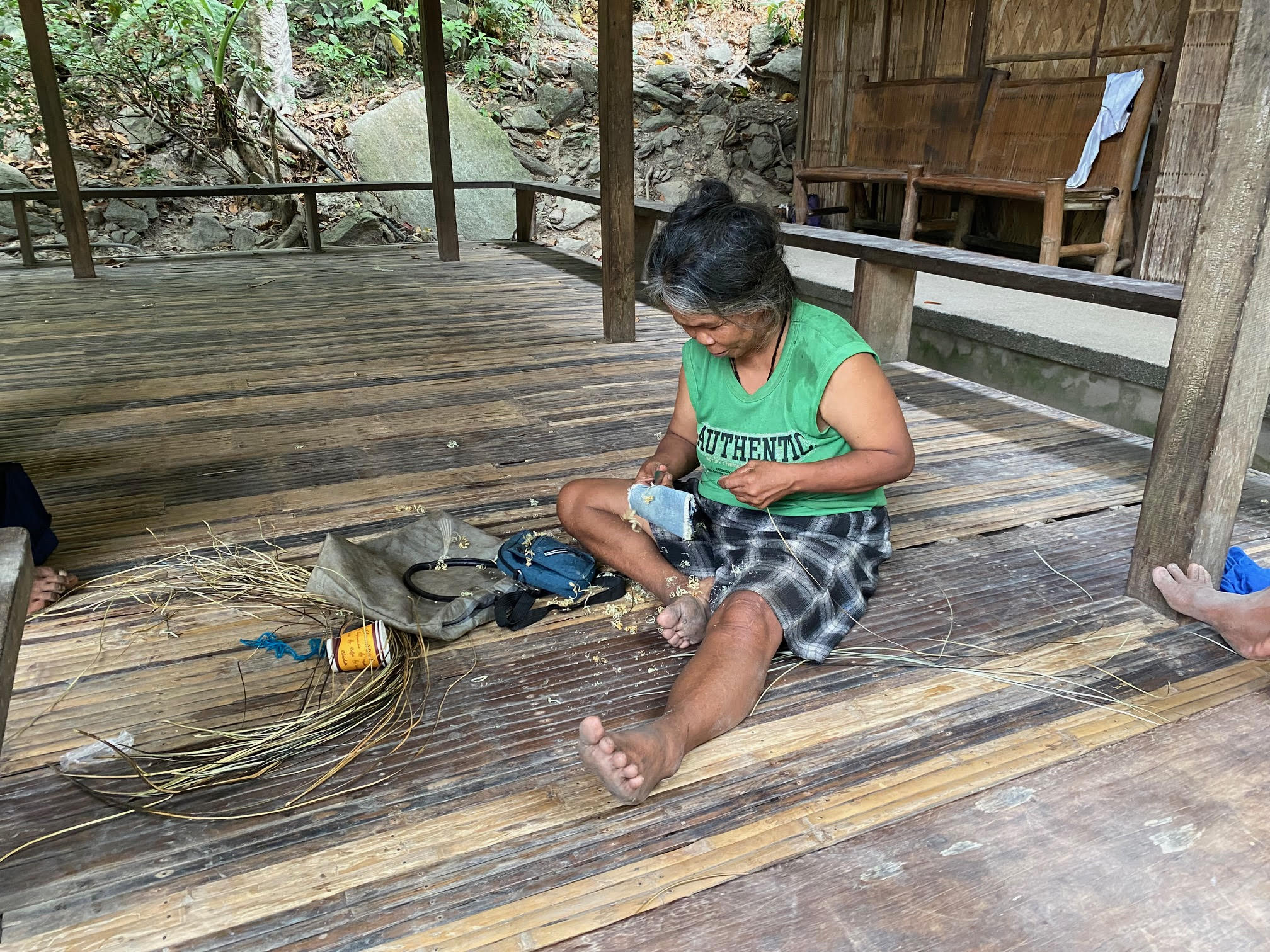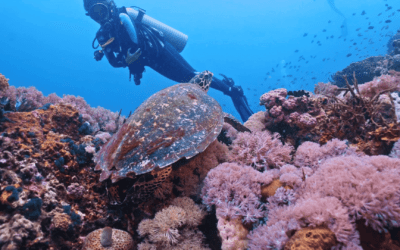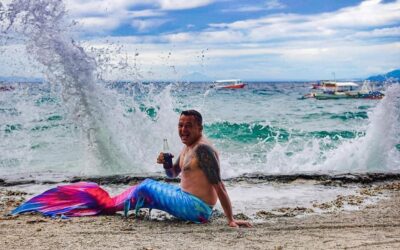Things to do: Mangyan Village
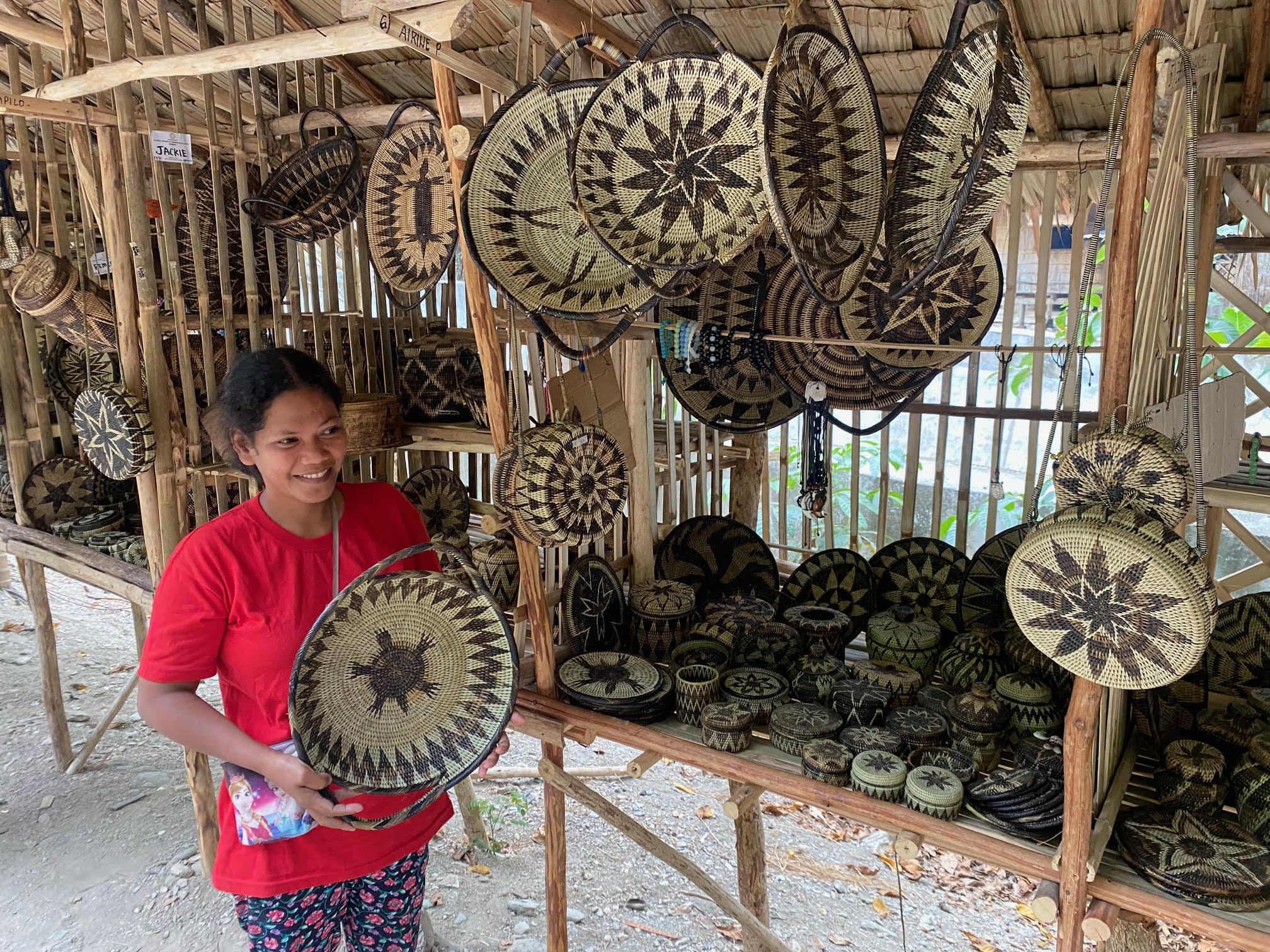
One of the things which makes Puerto Galera the best place to dive in the Philippines is that it combines the very best diving with activities, excursions, night life and adventures often unavailable at other dive locations.
From Lalaguna Villas in Puerto Galera it only needs a short trip by taxi or tuktuk and you can spend the day sliding down a zipline over dense coconut jungle, or enjoying extreme fun with go-karting, all-terrain vehicles or airgun shooting.
Or allow our concierge service to arrange an inland tour for you and enjoy the beauty of Tamaraw Falls and a special trip to the Iraya Mangyan village, where tribespeople live a traditional lifestyle and weave beautiful handcrafted goods.

Your trip will take you south out of LaLaguna and Sabang, and through Puerto Galera town, west and upwards into the mountains towards one of the area’s lesser-known gems.
The village was built in 1991, sponsored by a philanthropic contribution, to allow tribespeople to continue to live in a traditional way and preserve their culture, while providing them access to education (there is a school on site) and some other modern conveniences.
“Mangyan” is a collective name for the eight indigenous groups in Mindoro, each with their own name, language, script and set of customs.
These groups were some of the original inhabitants of the islands, and moved into the mountains in the colonial period.
Around 100 Iraya-Mangyans live in this village at the foot of Mount Malasimbo.
Their wood-and-bamboo houses are built elevated above the ground in the traditional style and much of their income comes from traditional nito basket-weaving.
Paradoxes abound within the village, where you’ll see motorbikes parked under bamboo roofs and even the occasional satelite dish.
But look carefully at the special medicine trees in the centre of the village and you will see the places the bark where tribespeople have removed the bark to make traditional herbal remedies for illness.
A pretty stream runs through the centre of the village and if you follow it north you’ll find a small waterfall – locals provide their services as tourguides for a small consideration.
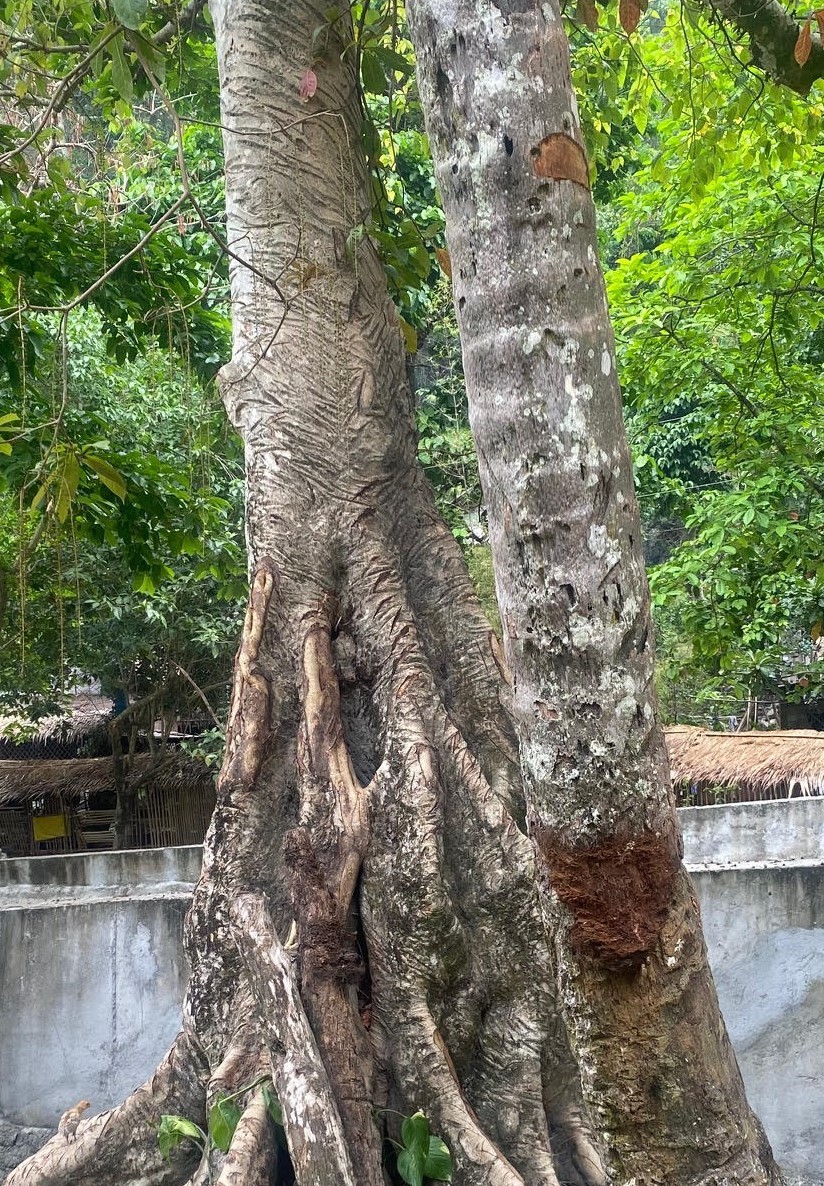
And down one street a line of kiosks displays the handwoven wares of the tribe’s craftsmen and women, who excel in the traditonal art of turning nito vines into arts and crafts.
You will find fruit bowls, baskets, keychain, bottle holders, bags, placemats, coasters and more, each one of which may have taken hour after hour to produce, stripping and wrapping each vine around others like it, contrasting the colours of the outside and inside of the plant to create patterns and shapes in the design.
Weaving is one of the village’s sources of income now, with their goods taken for sale in specialist shops in Manila and some even exported overseas.
The village is well worth a visit if you enjoy exploring the world above the waves as much as the one beneath it, and our front desk can of course arrange everything for you – or we can help you make a day of it with an excursion package which includes a chance to see Tamaraw Falls and White Beach too.
